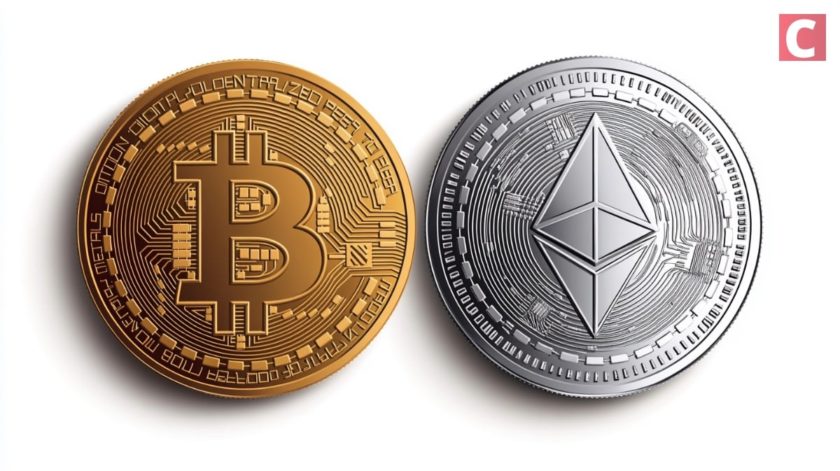Again, it gets back to that point that was raised during the panel that we want to be clear about what problem we’re trying to solve and think about the benefits of it. The existing system works pretty well on payments, if we have a fast payment system [that] works very well. So the additional incremental benefits you would get from using a retail CBDC for payments are not immediately known. So it’s important again, to get it right, rather than get it out quickly. But if you asked me whether we are still pursuing it, exploring it and making sure that we’re ready, the short answer is yes. Why? Because even though fast payment systems can offer us a lot of low-hanging fruit that we can take advantage of, we recognize that there are limitations from an innovation standpoint. CBDCs and retail CBDCs offer more potential for the private sector to get involved, innovate. You can’t put programmability on a fast payment system. It wouldn’t work. There are a lot of possible questions both in terms of benefits, making sure that the risks can be addressed, and exploring unintended consequences. A retail CBDC is not insignificant, so that’s why we’re proceeding steadily.
Thai Central Bank Governor on CBDC Pilot Delay



